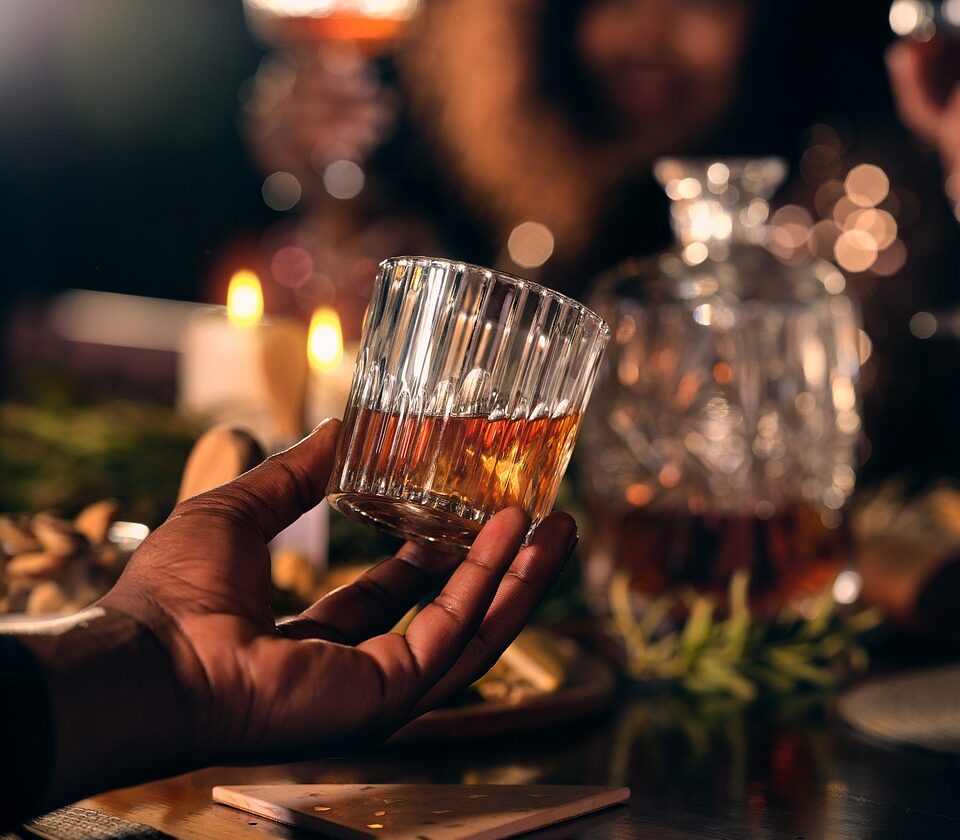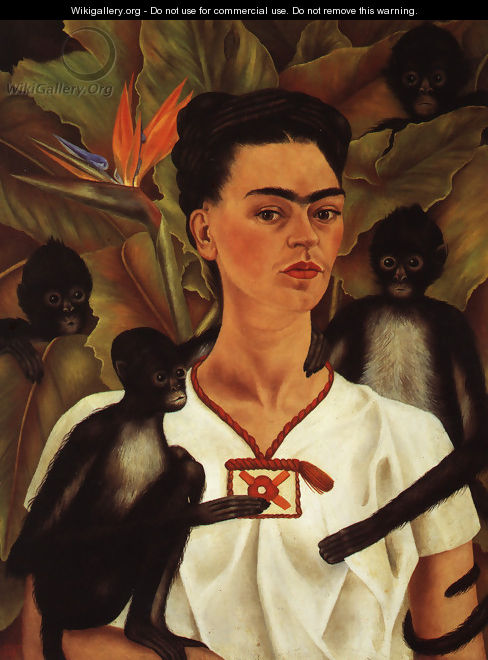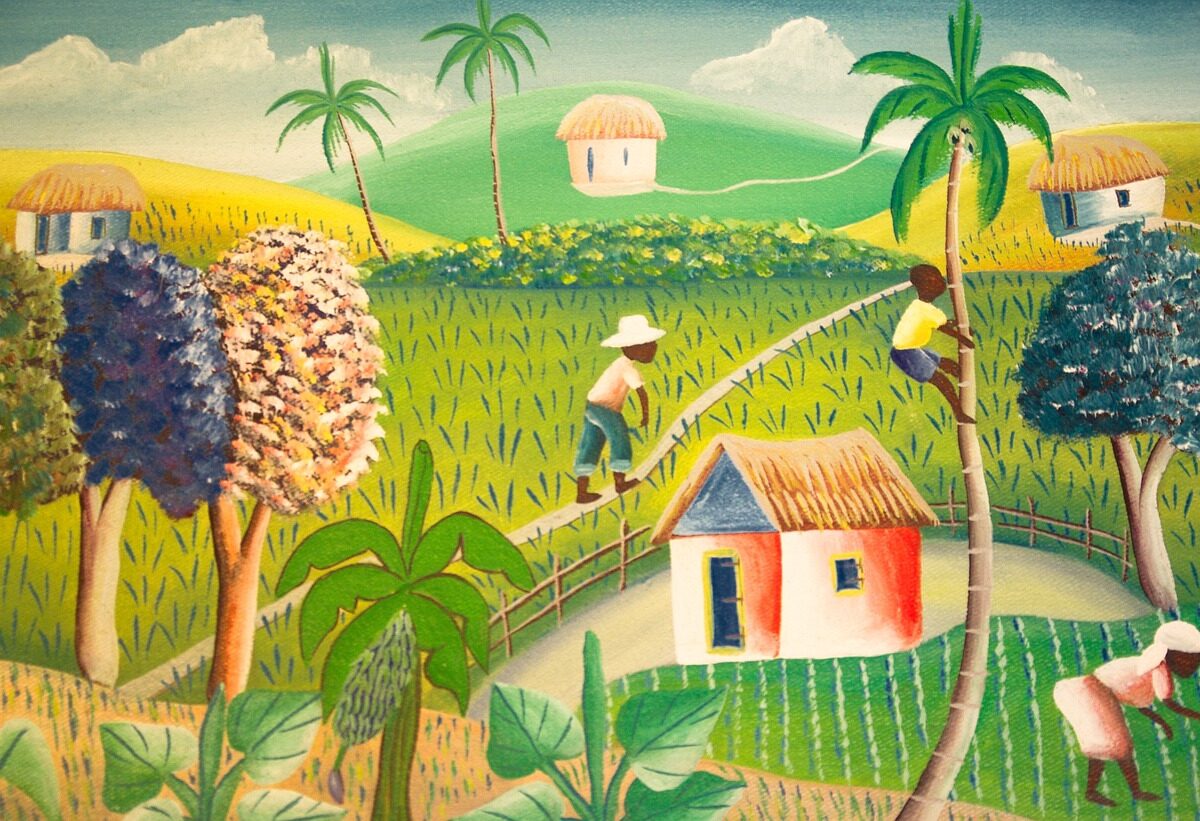Teacher finds stereotypes in district’s algebra books
(via Palm Beach Post)
Flip through the textbooks used by every Palm Beach County Algebra I student and take a look at the faces in the pictures.Forest Hill High School resource teacher Karen Cook did that. What she found among the lessons on graphing linear equations and calculating slope was what she calls a hidden curriculum.
Most of the photos were of white men or women. And when a black man was shown, chances are he was throwing a football or swinging a golf club instead of sitting behind a desk.
The images or lack thereof send a subliminal message to students, said Cook, who reviewed district-approved Algebra I texts as part of her doctoral study at Florida Atlantic University.
“Our textbooks are basically the window to our society in that classroom,” she said. “If our textbooks are not reflecting opportunity and diversity in society, then I wonder how it’s affecting our students and how they perceive our society.”
Cook took on the textbook study last year as a project for a six-week summer course called race, class and gender issues in education. Her results were based on a small sample, the two district-approved Algebra I books. She chose math books because previous research on racial representation focused primarily on social science textbooks. She zeroed in on Algebra I because it is a required course for Palm Beach County students.
Cook’s findings sparked a lively discussion in class at FAU. Next week, she’s headed to Chicago to present the results at a conference sponsored by the American Education Research Association.
Committees selecting textbooks must consider “multicultural fairness and advocacy,” under state and district policy. But the state evaluators’ handbook warns not to draw conclusions from a simple tally of people in photos or illustrations by race, as Cook did.
It is “the substance of what is stated and portrayed that matters most,” the handbook reads. District committees choosing which books to buy from the state-approved list look for racial balance, but the top priority is content, said Meezie Pierce, the district’s director of instructional materials.
“That’s what the students are going to see and learn from.”
Cook admits her methodology was not an exact science. She used her own judgment to determine a person’s race. Often it wasn’t obvious. When she couldn’t tell, she listed it as unknown.
In the books published by McGraw-Hill and Prentice Hall in 2004, Cook found a total of 276 white people, 44 blacks, 30 Hispanics and 30 undetermined.
Cook would not provide a copy of her research to the publishing companies.
Without seeing the study, Mary Skafidas, spokeswoman for McGraw-Hill Education, could not comment on its accuracy. The company considered state standards and the input of educators across the country when writing the book, she said.
“The images in our materials are designed to enhance learning by helping students understand and relate to the diverse world in which we live,” she said.
No one from Prentice Hall responded to requests for comment.
A casual leafing through either book likely won’t spark any calls of injustice. But in a school district where only 35 percent of students classify themselves as white, most Palm Beach County students would find relatively few faces resembling their own.
“It isn’t really blatant until you sit down and take a look at it,” Cook said.
A page on the Census in the McGraw-Hill book contains an array of photos of people of various racial and ethnic backgrounds. It includes photos of a black pilot and a black teacher.
But there is also a heavy dose of minority sports figures. Golfer Tiger Woods, baseball player Alex Rodriguez, basketball player Kobe Bryant and Miami Dolphins quarterback Daunte Culpepper are featured.
Cook hopes to expand her study of textbooks to other subjects. “This is just meant to (start) a discussion,” she said.





